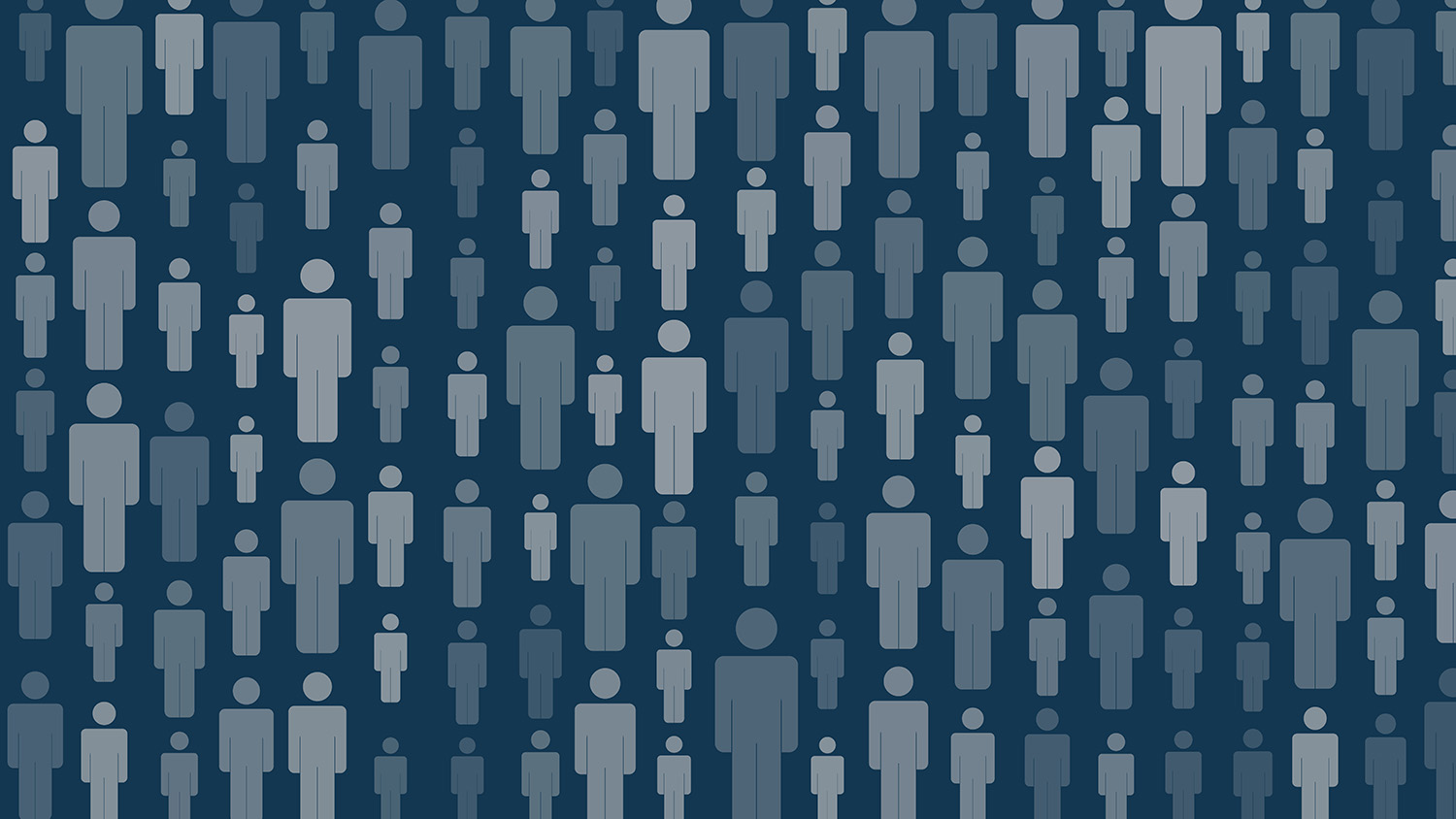Citizen Science Has a Diversity Problem, Experts Say. Now What?

Every day, millions of people around the world help to advance scientific knowledge and understanding through “citizen science,” gathering and sharing data with professional scientists for studies — from tracking bird migrations to testing water quality.
When the term “citizen science” was coined in the 1990s, it was intended to encourage participation of anyone in the general public without formal scientific credentials, no matter their background. But that hasn’t necessarily happened.
Many of the participants in large-scale citizen science projects, at least in the United States, don’t accurately represent the demographics of the population, according to NC State professor Caren Cooper, who studies participatory science practices.
Studies show that most of these participants tend to be white, highly educated and wealthy. One of those studies, led by NC State Ph.D.alumni Bradley Allf ‘23 and co-authored by Cooper in 2022, found that 96% of participants in the Audubon Christmas Bird Count identified as white.
“While projects attempt to be for the general public, these studies, along with others, demonstrate that projects are engaging only a segment of the public,” Cooper said.
Large-scale citizen science projects often allow volunteers to choose when and where to collect and share geo-referenced observations of their environment, with most contributing data from their homes or near their homes.
Unfortunately, because of racial and economic segregation, many large-scale citizen projects in the U.S. fail to accumulate sufficient data from minority neighborhoods, resulting in environmental inequities.
“The consequences are bad for science because the participant-generated data have race-based spatial bias, and reinforce a problem we see in conventional science: some segments of society remain unengaged and underserved by science institutions,” Cooper said.
In a 2022 study, for example, Cooper and Deja Perkins, a Ph.D. student in the Center for Geospatial Analytics at NC State, found that rain gauges used in the Community Collaborative Rain, Hail, and Snow Network for modeling localized rainfall and flood risk were overrepresented in white neighborhoods.
The researchers wrote, “We warn that scientific knowledge created from citizen science projects may produce scientific knowledge in service of wealthy, whiter communities at the expense of both communities of color and low-income communities.”
Cooper was recently awarded a $2 million grant from the National Science Foundation (NSF) in support of a multi-institutional effort, called the Inclusive, Diverse, Equitable, Accessible, Large-scale (IDEAL) Participatory Science initiative, to broaden engagement in large-scale citizen science projects.
The IDEAL initiative aims to provide citizen science practitioners at scientific institutions with the knowledge, awareness and resources to modify their projects with practices that support inclusion, equity and accessibility.
Cooper initiated the project in the spring of 2021 with more than a dozen scholars from across the country. The group met several times a month for almost a year to develop the IDEAL Handbook and an interactive, self-paced, online tutorial.
“In the IDEAL Handbook and tutorial, we review over a dozen potential steps that project leaders can take,” Cooper said.
Before taking those steps, Cooper and her collaborators encourage project leaders to learn about who they’re engaging by asking current participants to complete a 12-question survey designed to gather data about participant demographics and lived experience.
After learning who they’re engaging, project leaders can reflect on their own social identities and lived experiences. They can then make specific engagement goals, identifying specific segments of the population that they want to engage.
“With that context, then project leaders can explore the potential steps and pick which approaches make sense for their goals and circumstances,” Cooper said.
In January 2024, with support from the NSF-funded grant, Cooper and her collaborators will begin beta-testing the IDEAL Handbook and tutorial with those leading the Audubon Christmas Bird Count and the Community Collaborative Rain Hail and Snow Network, engaging about 60 practitioners per year over the course of three years.
“To the credit of these amazing groups, they decided to work with us to learn how to fix the problem rather than shy away from it or get defensive about it,” Cooper said.
She added, “All aspects of dominant culture in our society have work to do with regard to equity, inclusion and accessibility. We probably can’t make progress without some trial and error in figuring it out. Together we are going to learn which parts of the IDEAL program are effective and which aren’t.”


